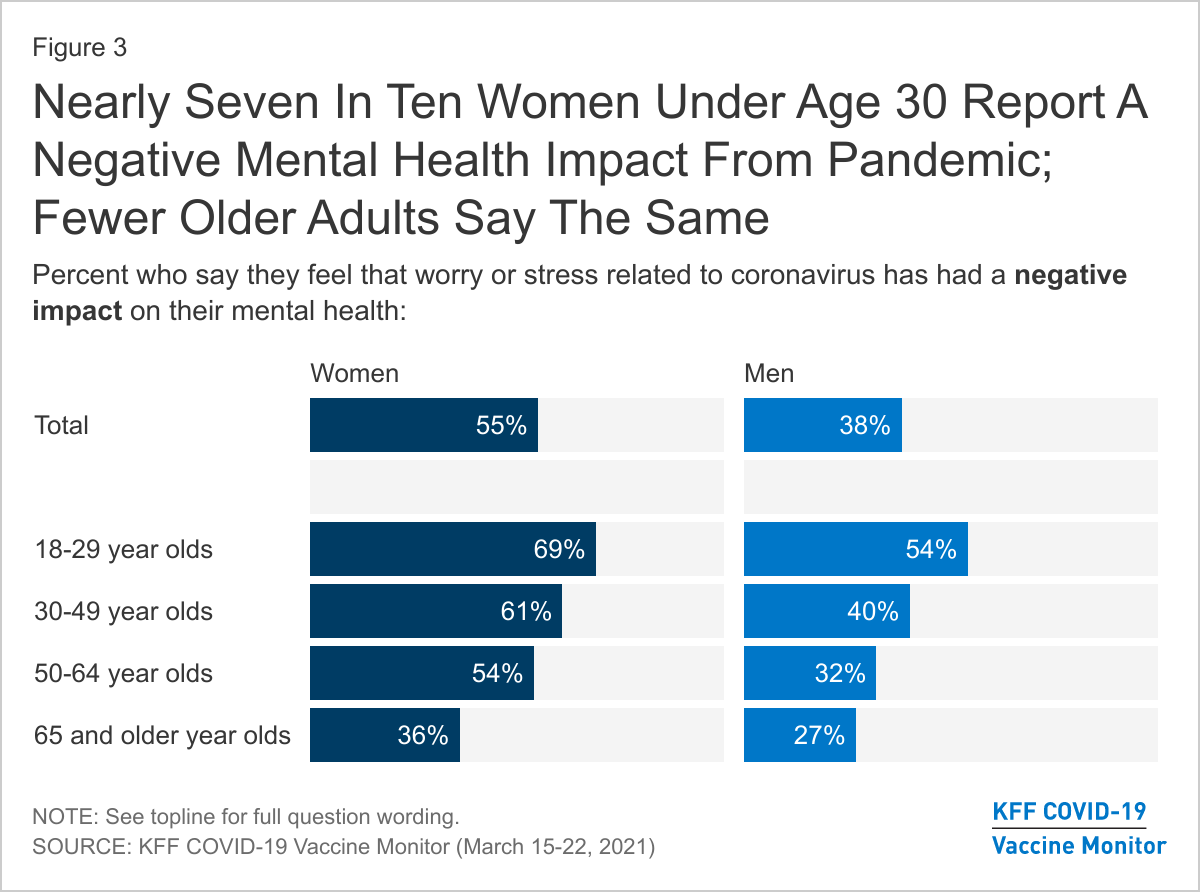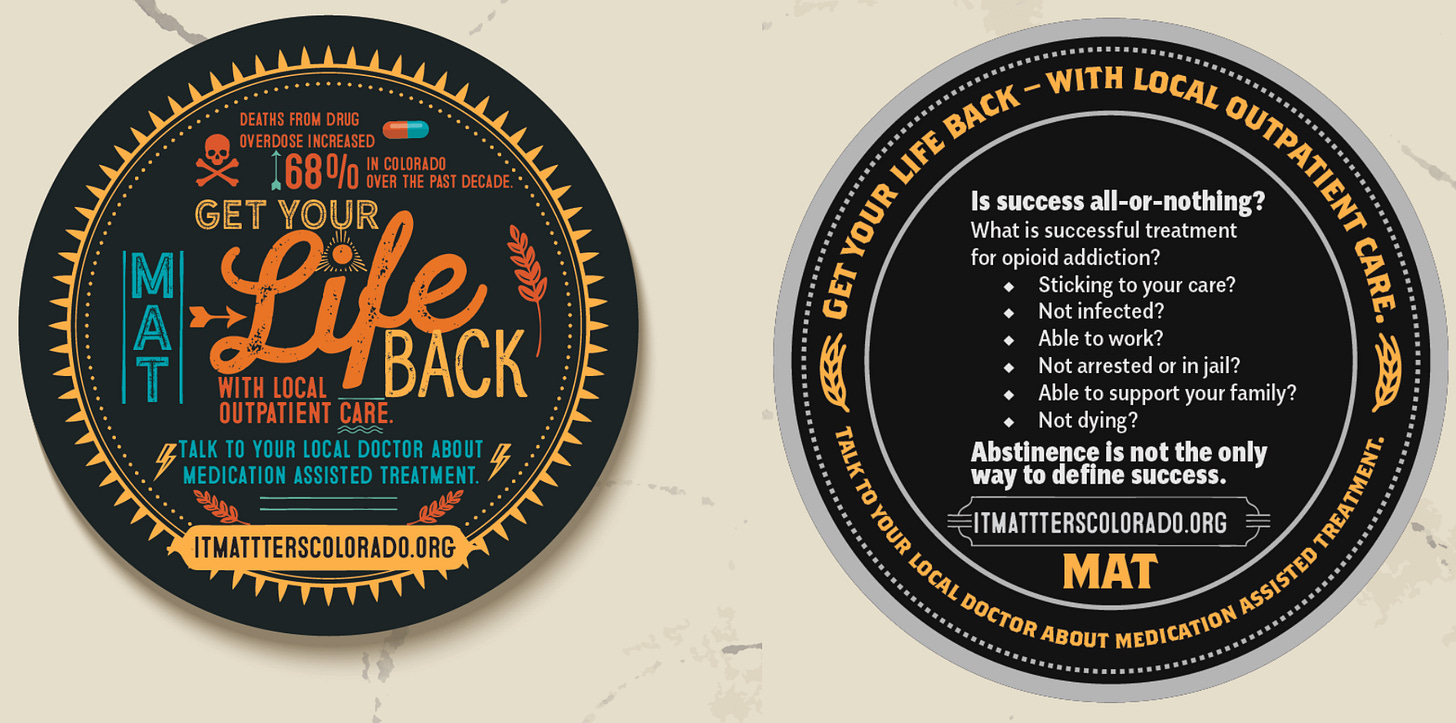Part I of a National Mental Health Rescue Plan
It’s time to respond to America’s mental health epidemic. Here’s what a post-COVID plan should look like.
Reader Sam Arsenault commented on last week’s crisis response post with a great question about the connection between men’s mental health and tragedies like the recent ones I highlighted. She said:
“One thing I was surprised that you didn't mention and that I'd love your take on is the intersectionality of gender roles and these tragedies. 98% of mass shootings have been committed by men. We also know that men are far less likely to access resources and treatment for mental health due to traditional gender roles. Will better access to MH care and crisis strategies have the desired impact without addressing the masculinity crisis which prevents men from tapping into these services even when they do exist?”
Research conducted by The Violence Project – a non-profit, nonpartisan research center dedicated to reducing violence in society and using data and analysis to improve policy and practice – does confirm that the majority of mass shootings are committed by men. But is that because of toxic masculinity? Is that because of the stigma surrounding men asking for help with their mental health?
I am hesitant to offer a resounding “yes” because there are a number of reasons, albeit unjustified, why someone could be driven to harm someone. But from my own experience, I do agree that men have a particularly hard time being open and honest with their emotions.
VISUALIZING THE PROBLEM
I had an experience a few years ago I think of often. My family and I were leaving a brewery one evening when on our walk we saw a man faceplant into the ground. My kids, not knowing what to think, only looked to me. And that’s when it really clicked that whatever actions I took next would set a precedent for how they – and maybe even others watching – might reaction in a similar situation in their future.
So, I helped him up – noting that his breath reeked of alcohol – then I sat him down and listened to his story. Ron told me that he had just lost his wife to cancer. He told me that his son had moved. He told me that he was alone. And in so many words, he told me he had just lost the people who had given his life meaning, so in his despair he was coping the only way he knew how – with a cheap bottle of whiskey.
This man’s pain was palpable, and what he needed was something all of us can relate to. In that moment what he needed was an ear – not necessarily the ear of a psychologist, but of any person who could really hear him and empathize. Those moments there, sitting on the concrete, the smell of urine mixed with sweat and whiskey, really reinforced for me how important people are in our lives. Without the perception that friends and family are by our side, many of us can become wracked with despair. In fact, the evidence suggests that key factors like the disintegration of social networks can be precipitating factors in things like suicide.
It also reinforced for me the fact that people who are dealing with these very common, very human, and very sad issues shouldn’t have to get to this “rock bottom” point. No one should have to become so distraught that they put their life in danger before they seek help, or before someone hopefully intervenes.
Unfortunately, many men cope the way Ron did, and many still do to this day. In fact, according to trend data from 2004-2014, men made up almost three-quarters of admissions to substance abuse treatment services for abuse of alcohol alone, or for abuse of alcohol with secondary drug abuse. Nearly 12% of males ages 12 and up said they had a substance use problem in one national survey, roughly double the number of females who shared a similar response.
To that end, while we’ve spent a lot of time so far talking about men’s mental health, I want to be clear that this does not mean women’s mental health is any less important or pervasive. Rather, women just tend to be more willing than men to talk about their emotions and report their struggles. Indeed, in a recent analysis by Kaiser Family Foundation, “Younger adults and women, including mothers with children under 18 years old in their households, are among the most likely to report that stress and worry related to coronavirus has had a negative impact on their mental health.”
IDENTIFYING CREATIVE, COMPREHENSIVE SOLUTIONS
For men especially, we need to find a way to change the narrative so that it’s easier for them to open up. I’ve seen that done in really creative ways. For example, in working in Colorado on Medication Assisted Treatment for Opioid Use Disorder, my colleague Jack Westfall and the community group he was working with set the goal of reaching out to men, and more specifically, male farmers. To do that, they decided to create beer coasters and place them in the feed stores that many farmers frequent – and later, IT MATTTRs TM, which offers community members evidence-based materials and resources to connect people with opioid use disorders to local medication assisted treatment.
The Confess Project, which trains barbers to become mental health advocates capable of encouraging African American males to speak about their mental and emotional well-being, is another fantastic example of a creative solution. Still others can be found via Movember, a non-profit that got originally got men growing mustaches for a good cause and today uses powerful videos and projects around the world to achieve the bold goal of reducing the male suicide rate by 25% in 2030.
I have two points I want to raise here. The first is that sometimes, we need to veer away from traditional avenues of talking to people about mental health in favor of meeting people where they are, engaging them in new ways, and making sure that they can actually use the intervention we give them. We must begin to empower our communities and bring care to where people are. The second is particularly important to understand ahead of this year’s Mental Health Awareness month, and that’s that leaders need to see that if we don’t locate creative solutions like this within a broader strategy for improving mental health in America after COVID-19, we will never see the kind of sweeping change we need.
It's clear that we need to shift the way that we – men and women – see mental health. We need to start seeing mental health as a real, true and undeniable part of our physical health, and in so doing, start taking care of it in the same way we do our physical body when we’re not feeling well.
This is the first part of the National Mental Health Rescue Plan we need now that everyone should be eligible to receive a vaccine, because even after this pandemic ends, the mental health epidemic highlighted by this past year will still remain. I’ll share other key ingredients to this plan, plus what I hope will be accomplished by the end of May, in future posts.
This is a truly pivotal moment for our nation. Get involved. Let your voice be heard. Demand for something more, something better for mental health. And please stay tuned. Also, please don’t hesitate to comment below. As you can see, your question could turn into its own post!







